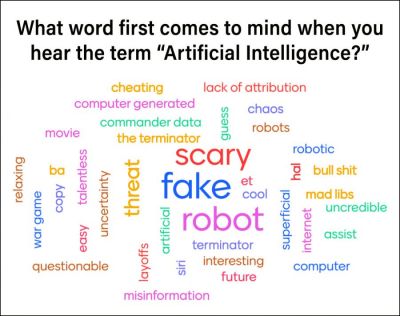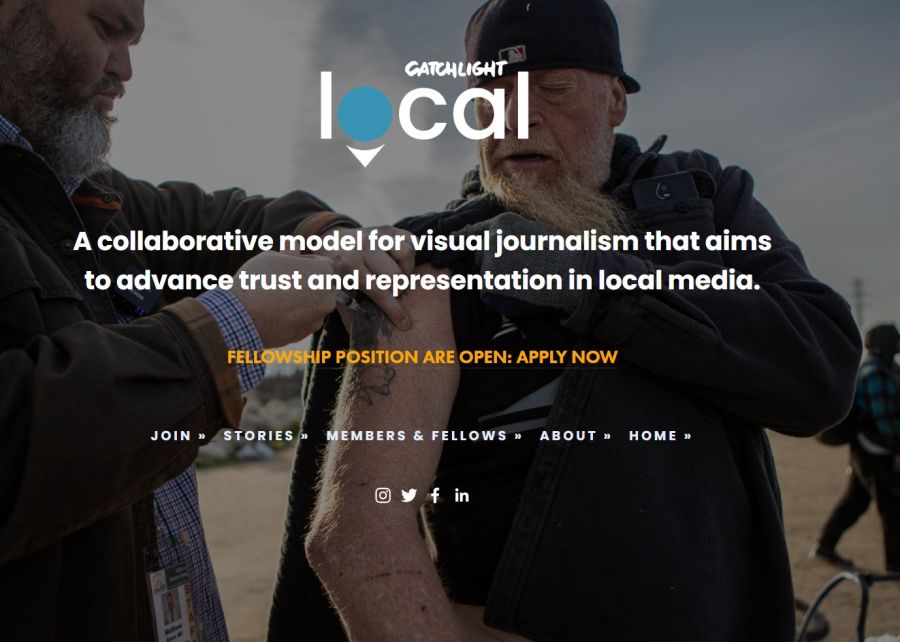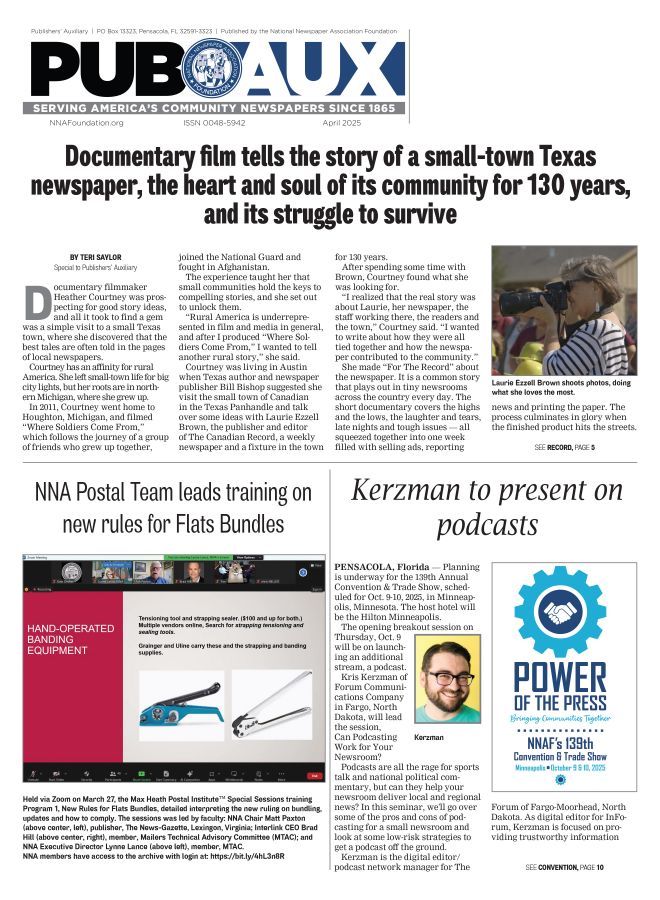How to use (and not use) AI
Kevin Slimp
Aug 1, 2024


Newspaper publishers share their feelings about artificial intelligence
My final stop after six straight weeks on the road — I drove 64 hours between conferences — was to visit with the members of the Arkansas Press Association as they met at Arkansas State University in late June. In addition to the travel, I spent most of my “free” time during mid/late June preparing to speak to this group on a topic that’s hard for many folks to wrap their heads around: artificial intelligence.
I understand people’s reluctance to discuss AI. There’s been a lot of misinformation floating around, and it’s challenging to know what’s real and what’s not when it comes to the subject. When talking with friends in the “high-tech” world, I often feel like they’re trying to sell me on AI, even though I know more than most folks about the topic.
Over four weeks, I listened to lectures by the world’s leading experts on AI. I held focus groups with folks of various ages, including one focus group of professionals in the 25-30 age range. I really wanted to find out what they know — living under the assumption that younger minds should know more than me about these things — that could help me understand what I’m missing. I surely didn’t want to be embarrassed in front of an audience in Arkansas. I even pestered my brother, who is one of America’s foremost experts in the area of high technology.
More than 100 newspaper publishers participated in a survey of community newspapers I distributed in early June. I primarily hoped to learn how newspapers currently use AI and whether publishers felt its use was advantageous to their papers.
As I stood in front of the audience in Arkansas, more seats were being added to accommodate several university faculty members who learned I would speak that day. Several of those same faculty members stayed long afterward to ask questions and discuss ways they could use the information I’d presented with their classes.
Using a tool that allowed audience members to respond to questions on their phones while their responses appeared immediately on the large screen, I quickly learned that the group was very diverse in ages and job titles. Almost equal numbers of editors, reporters, publishers and university faculty were represented. Although present, there were fewer designers, ad reps and others.
Next, I asked the group to enter (on their phones) the first word that comes to mind when they hear the term “artificial intelligence.” Looking at the list on the screen, it felt like I was looking at the script of an ‘80s sci-fi movie. Words like “terminator,” “war games,” “robotic” and “threat” appeared. Audience members were free to enter any word. There were no prompts. The three words that appeared most often were “fake,” “scary” and “robot.”
Before getting into the specifics of AI and its origins, I shared some results of my June survey of community newspaper publishers. In a nutshell, we learned that 45% of publishers reported their newspapers had never used AI, at least as far as they knew. Fifty-five percent responded that their papers had used AI.
And how were they using AI? Very sparingly, according to their responses. Respondents were allowed to expand on their answers and were quick to share how little or how much they were using AI tools. The most common tool mentioned was ChatGPT (29% responded that their newspaper had used ChatGPT), followed closely by newspapers that had used AI tools in Adobe Photoshop (20%).
Most of the respondents whose papers had used ChatGPT added notes in the essay area to be sure I knew that ChatGPT was not being used to write stories. ChatGPT was used for various reasons, including getting headline ideas and background research.
The space doesn’t allow me to share everything I shared with the group in Arkansas. You might be interested to know that the group left feeling much better about their knowledge of artificial intelligence, and some showed me the pages of notes they had taken during our time together.
My brother was hesitant to share too much with me. He plays an essential role in computing and high technology in the U.S. However, he did share a quote that summed up much of what I discussed with the group in Arkansas:
“We shouldn’t be afraid of AI. Just like the internet (when it was new), we knew it could do good things, and we knew it could do bad things. There’s no need to be afraid of it. We can’t stop it, so we might as well figure out what parts of AI to use and what parts of AI to leave alone.”
Kevin Slimp is former director of The University of Tennessee Newspaper Institute and founder of NewspaperAcademy.com. kevin@kevinslimp.com.










